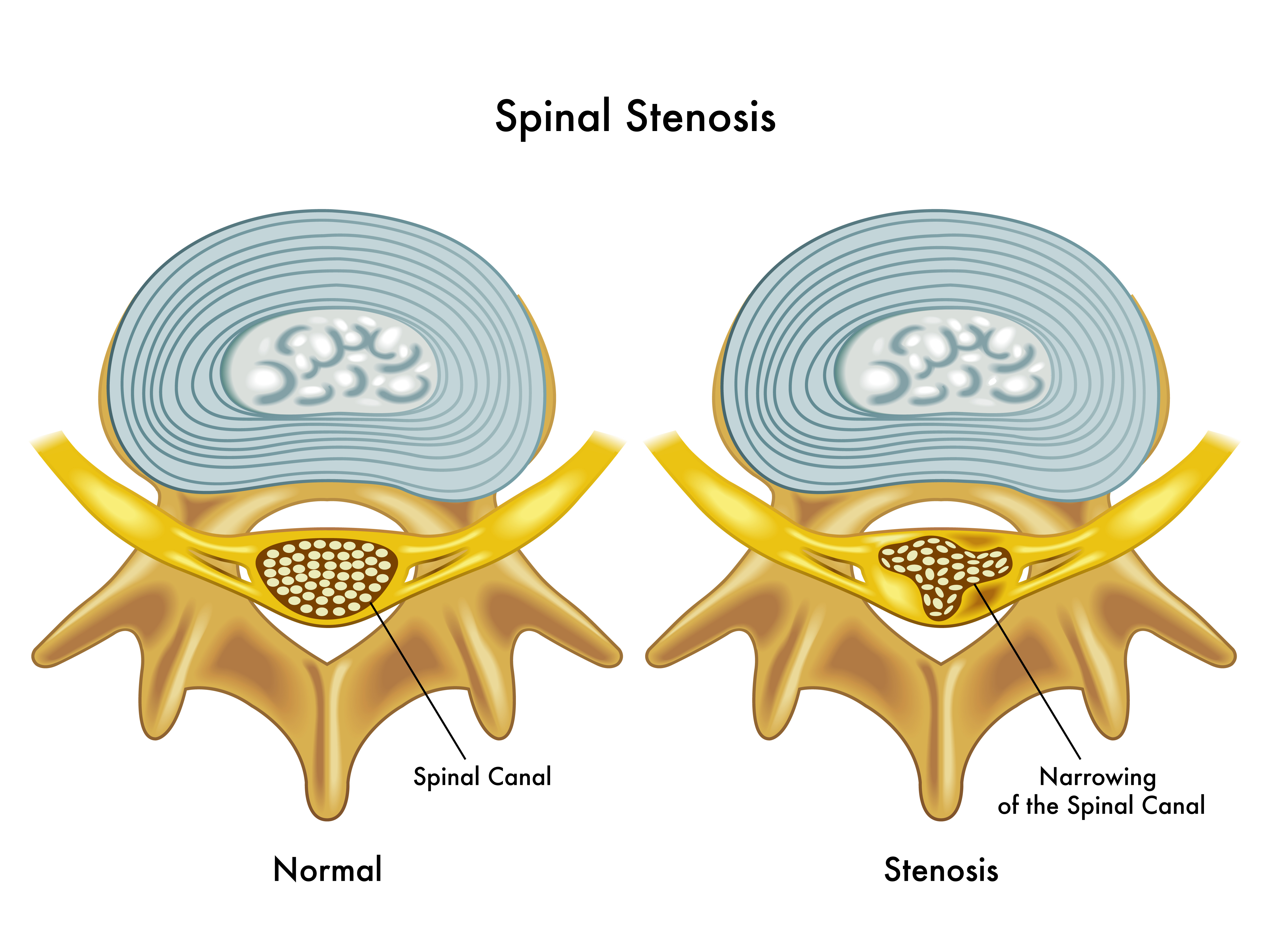Currently, the process of managing pain has evolved far past the traditional reliance on prescription medications. While medication for pain have their place, numerous people are now exploring complementary therapies to tackle their suffering more comprehensively. Understanding the nuances of pain, such as its severe and persistent forms, is vital in discovering a multitude of effective treatment options that can enhance quality of life.
This all-encompassing guide aims to delve into the numerous methods and therapies available for pain management. From the science behind why we feel pain to useful tips on therapies such as physical therapy, chiropracter services, and traditional Chinese acupuncture, we will clarify how these methods can function alongside or independently from medications. By discovering the best therapies that genuinely offer relief, we can help individuals make educated decisions on their pain management process and discover methods that promote healing without the over-reliance on drugs.
Grasping Discomfort Control
Discomfort control is a thorough strategy to alleviating plus reducing pain, aiming to boost a patient's life quality. It includes a variety of therapies plus therapies that address the underlying causes plus symptoms of pain. Understanding herniated disc pain begins with recognizing that pain can manifest in different forms, including acute or long-lasting, with each requiring specific approaches. Acute pain is often short-lived plus linked with injury or surgery, while chronic pain can last for months or possibly years, leading in considerable physical and emotional distress.
The different types of pain call for unique management strategies. Effective pain management takes into account not only the physical side of pain and also psychological, social, and surrounding factors that add to in a person's pain. Pain management clinics offer specialized services, including assessments and individualized plans that combine medical, physical, plus psychological interventions. These clinics have become essential facilities in guiding patients through their pain management path, delivering support plus resources for different pain-related conditions.
In the last few years, the science behind pain has advanced, resulting to a deeper understanding of how we perceive pain and the mechanisms involved in pain perception. This knowledge facilitates the development of innovative therapies and treatments that go beyond traditional medications. By investigating alternative therapies, patients can obtain effective pain alleviation minus depending exclusively on opioids or other painkillers. Integrating alternative options such as physical therapy, chiropractic care, acupuncture, plus mindfulness can lead to multi-faceted pain management plans that cater to the individual needs and preferences of each individual.
Complementary Therapies for Discomfort Management
Complementary therapies have gained recognition in recent years as effective ways to tackle discomfort without relying exclusively on medication. Techniques such as acupunctural therapy, chiropractic treatment, and massage therapy offer integrative approaches to discomfort management. Acupuncture, an ancient Chinese practice, centers on activating specific points on the body to help increase endorphins and reduce pain. Chiropractic care highlights the relationship between the back and the nervous system, using adjustments to restore balance and improve overall function. These therapies not only target physical issues but also foster a sense of wellness, making them important additions to discomfort management strategies.
In addition to this to acupunctural therapy and chiropractic care, bodywork has proven helpful for many individuals experiencing pain. Through different methods, such as deep tissue or Swedish-style massage, practitioners can help reduce muscle tightness, boost circulation, and enhance relaxation. This, in return, contributes to reducing discomfort levels and enhancing mobility. The advantages of bodywork are particularly notable in disorders such as chronic fatigue syndrome and chronic back pain, providing a gentle option for alleviation that complements traditional medical care.
A further alternative therapy gaining traction is the use of mindfulness and meditative practices. These techniques concentrate on teaching the mind to control pain perception and diminish stress, which can exacerbate discomfort symptoms. Programs focused on mindfulness stress reduction methods and guided mindfulness meditation sessions have shown encouraging results in helping individuals manage persistent pain. By integrating these complementary treatments into a holistic pain relief plan, individuals can experience a more balanced approach to alleviation that addresses both the body and emotional aspects of pain.
Holistic Approaches to Pain Management
Integrated strategies to managing pain center around treating the entire individual as opposed to just the symptoms. These therapies address the physiological, mental, and well-being aspects of an individual’s experience with discomfort. Techniques such as meditation, mind-body practices, and gentle movement highlight relaxation and emotional wellness, which can significantly affect the perception of pain and overall life satisfaction. By incorporating these techniques into daily habits, those suffering often discover they can control discomfort more successfully while also reducing stress and anxiety.

Nutrition plays a critical role in holistic pain management. Anti-inflammatory nutritional approaches that emphasize unprocessed foods, lean proteins, fruit varieties, and greens can help reduce inflammation and, consequently, pain in the body. Foods rich in omega-3 fats, such as salmon and hemp seeds, along with antioxidant-loaded foods, can help lower pain intensity. Moreover, proper hydration and the reduction of processed foods can boost overall health, strengthening the body’s ability to cope with pain in a natural way.
Complementary treatments such as acupuncture, therapeutic massage, and aromatherapy are growing recognized for their efficacy in reducing discomfort. For example, acupuncture engages specific areas on the body to encourage natural healing and homeostasis. The practice of massage can alleviate tension in muscles and improve circulation, leading to reduced pain and calm. These practices, alongside traditional approaches, create a integrated pain relief approach that covers various facets of the experience of pain, ultimately contributing to improved well-being and life function.
